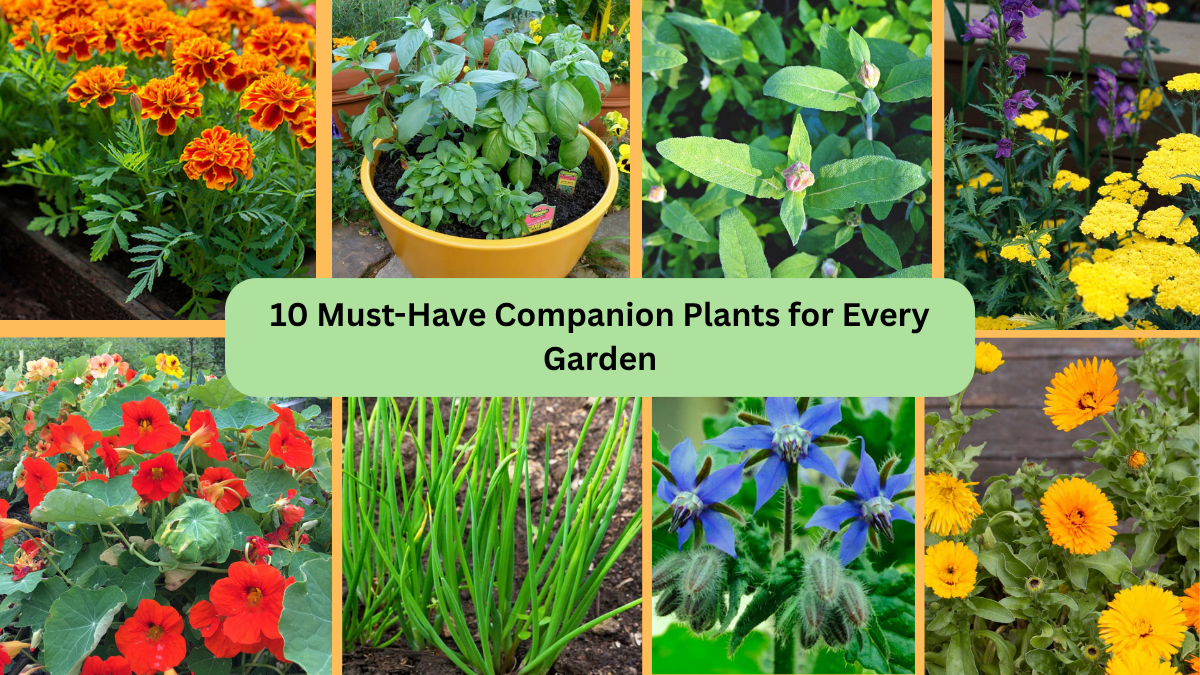A beautiful and thriving garden isn’t just about what you plant — it’s about how plants support each other. Companion planting is an age-old gardening technique where specific plants are grown together because of the beneficial relationships they share. Some repel pests, others improve soil quality, while a few enhance each other’s growth and flavor. Whether you’re nurturing a vegetable patch, herb corner, or flower bed, adding the right companions can make a big difference. Here are 10 must-have companion plants for every garden you’ll want to grow this season!
1. Marigolds
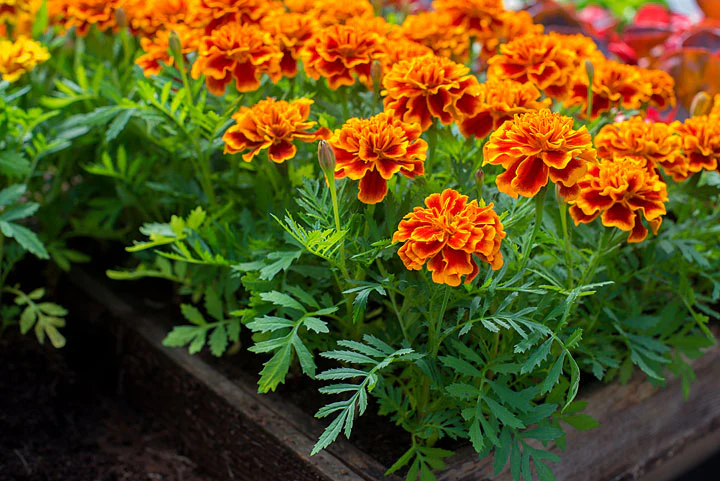
Marigolds are the ultimate garden protectors. These bright, cheerful flowers don’t just look pretty — they release a scent that naturally repels pests like aphids, whiteflies, and nematodes. Plant them alongside tomatoes, peppers, beans, and squash for a healthier, pest-free harvest. Marigolds also attract beneficial insects like ladybugs and hoverflies that prey on harmful bugs. They thrive in sunny spots and are easy to grow from seed, making them a perfect companion for vegetable and flower gardens alike.
2. Basil
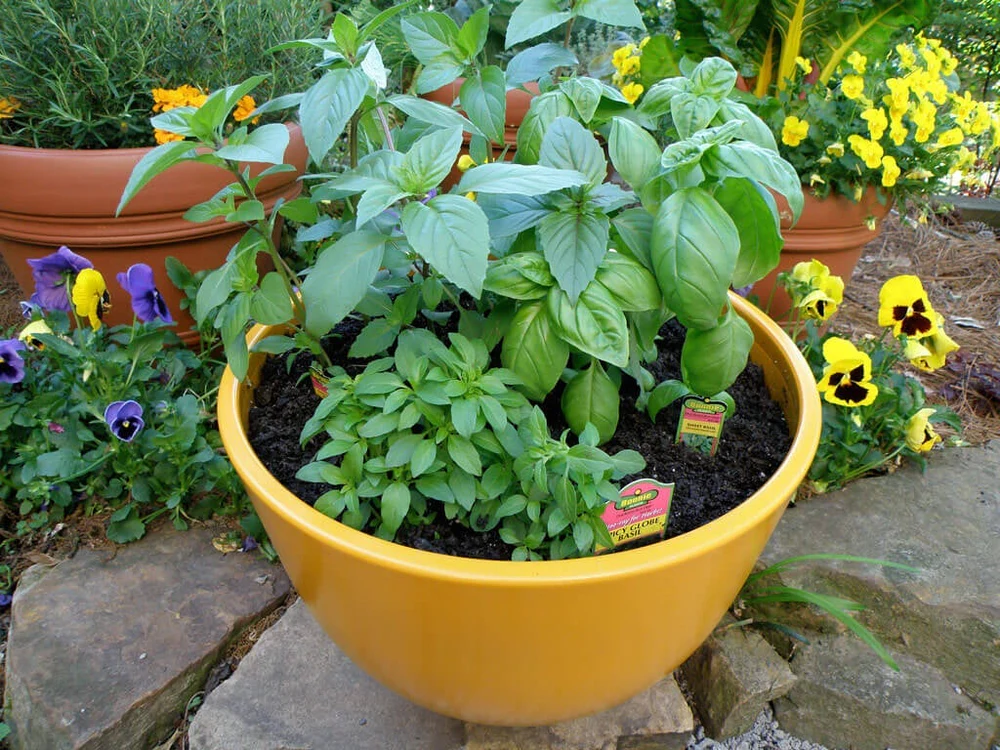
Known for its culinary appeal, basil is a fantastic companion plant as well. When planted near tomatoes, it enhances their flavor and deters pests like mosquitoes, flies, and aphids. Basil is also said to improve the growth of peppers and oregano. Its fragrant leaves release essential oils that confuse and repel unwanted insects. Plant basil in warm, sunny areas with well-drained soil. Besides its pest-repelling properties, you’ll always have fresh herbs for cooking and garnishing.
3. Nasturtiums
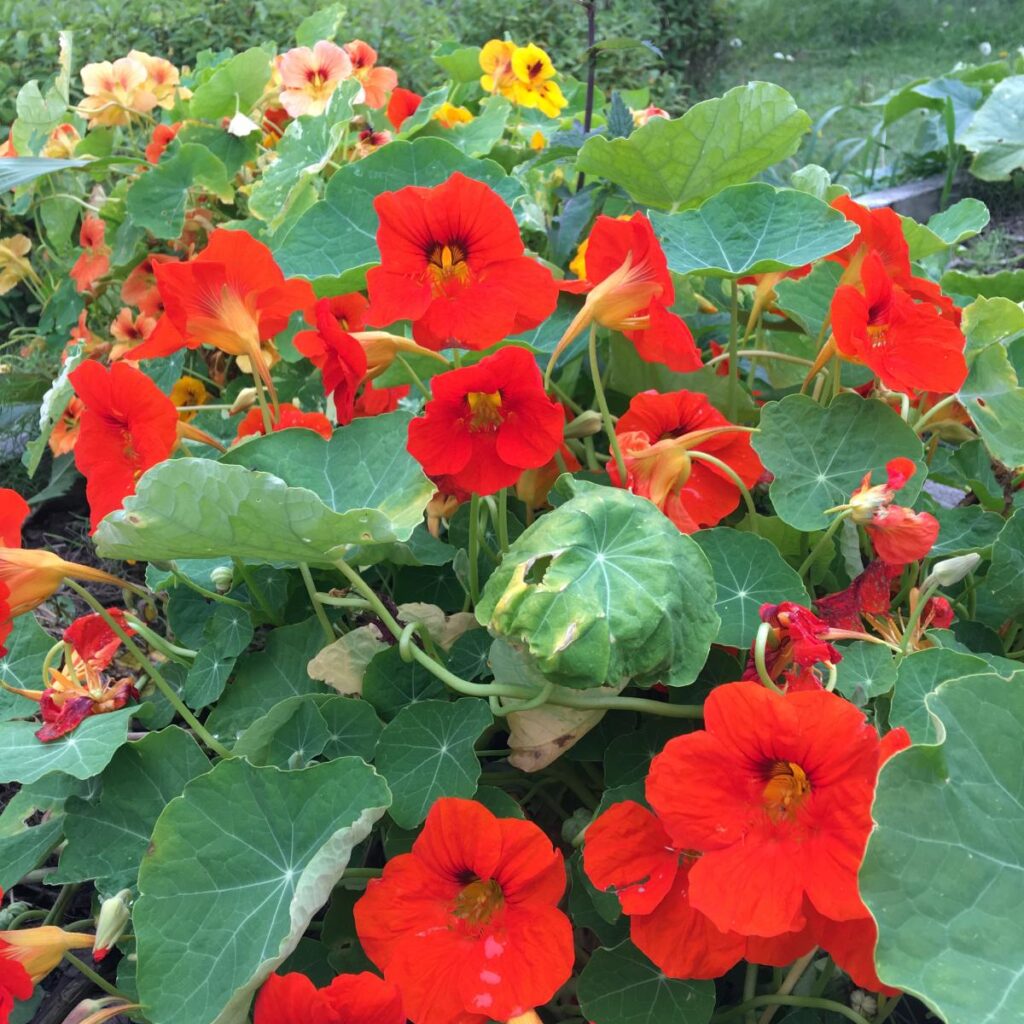
Nasturtiums are colorful, edible flowers that double as natural pest traps. They attract aphids, caterpillars, and whiteflies away from other plants like tomatoes, cucumbers, and beans. Their vibrant blooms also draw in pollinators like bees and butterflies. Nasturtiums are hardy, easy to grow, and thrive in poor soil — making them an excellent, low-maintenance companion. Plant them around the perimeter of your vegetable patch or at the base of taller crops for a burst of color and protection.
4. Chives
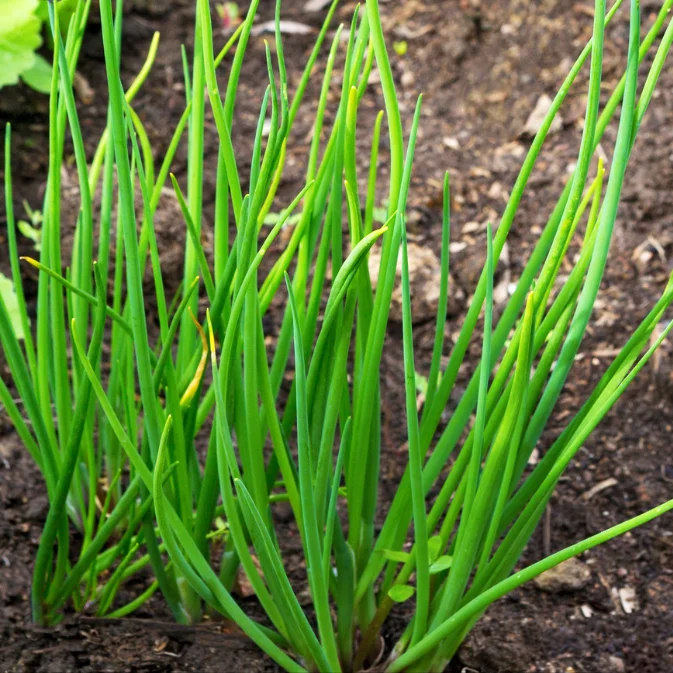
Chives are a multi-purpose companion plant that deter aphids, Japanese beetles, and carrot rust flies. Their mild onion scent confuses pests and helps protect nearby crops like carrots, roses, and tomatoes. Additionally, chives can improve the flavor and growth of carrots and tomatoes. They’re easy to grow in both garden beds and containers, requiring minimal maintenance. Their pretty purple flowers in early summer also attract beneficial pollinators while adding a decorative touch.
5. Dill
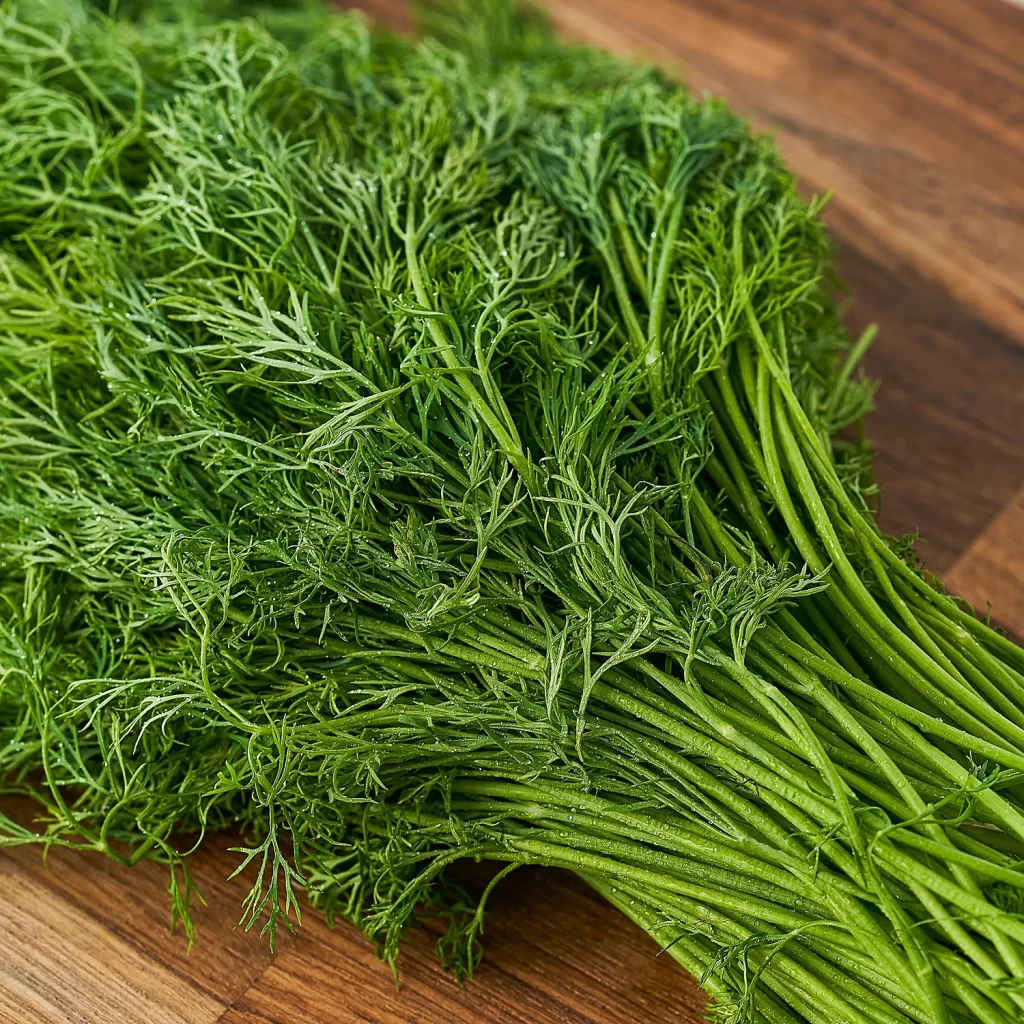
A favorite among herb gardeners, dill is an excellent companion plant for cucumbers, cabbage, and lettuce. Its feathery leaves attract predatory insects like ladybugs and parasitic wasps that feast on garden pests. Dill also lures in pollinators and improves the health of neighboring plants. Avoid planting dill too close to carrots, however, as it can stunt their growth. This herb prefers sunny locations with well-drained soil and adds both culinary and visual interest to your garden.
6. Borage

Borage is a lesser-known but incredibly useful companion plant. Its star-shaped blue flowers attract bees and pollinators while repelling harmful insects like tomato hornworms. Borage pairs well with tomatoes, squash, and strawberries, enhancing their growth and flavor. This hardy plant self-seeds easily and improves soil quality by adding trace minerals as it decomposes. It’s drought-tolerant and requires minimal care, making it a perfect low-maintenance addition to any garden.
7. Calendula (Pot Marigold)
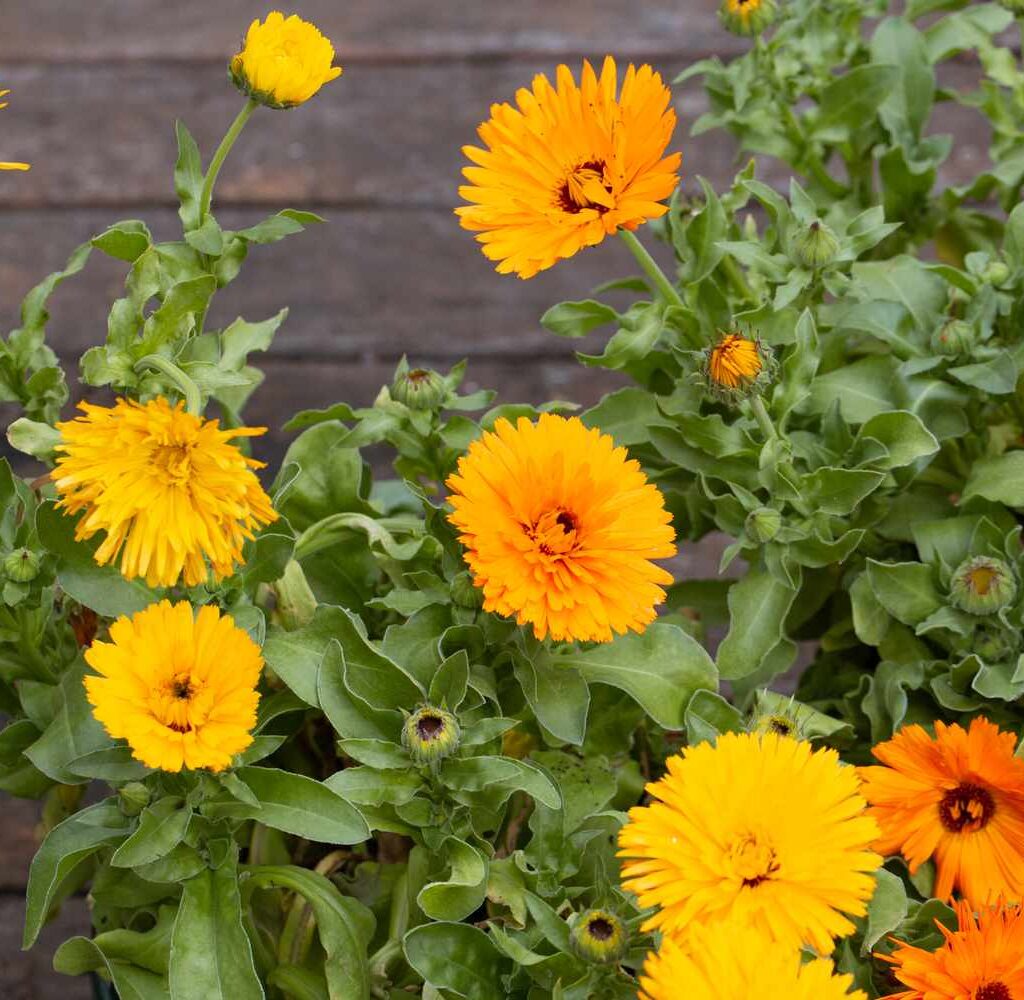
Often confused with marigolds, calendula is a medicinal flower that also offers companion planting benefits. It repels aphids, whiteflies, and cabbage loopers while attracting beneficial pollinators and predatory insects. Calendula thrives in cooler weather and can be grown alongside tomatoes, carrots, and brassicas. The edible, bright orange and yellow flowers are also great for garnishing dishes and making herbal salves. It’s a beautiful and practical choice for vegetable and herb gardens.
8. Mint
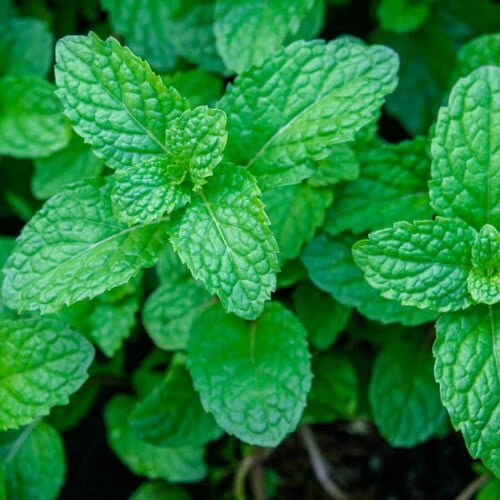
Mint is a powerhouse herb that naturally deters ants, aphids, cabbage moths, and flea beetles. It thrives alongside cabbage, carrots, and tomatoes but should always be grown in containers or confined areas because of its aggressive spreading habit. Mint’s strong aroma confuses pests and can improve the health of nearby plants. It’s easy to grow, preferring partial shade and consistently moist soil. You’ll also have a steady supply for teas, desserts, and fresh garnishes.
9. Sage
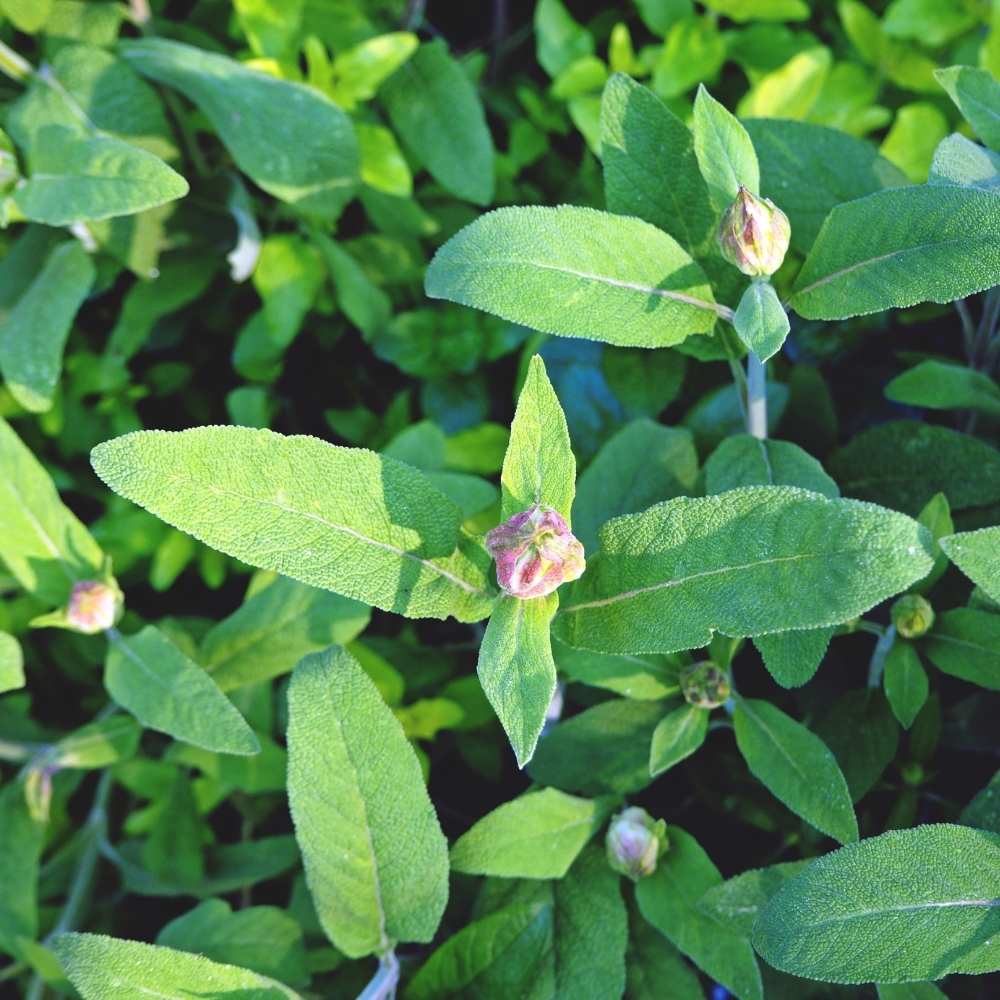
A must-have in any herb garden, sage repels cabbage moths, carrot flies, and beetles. It pairs well with crops like cabbage, broccoli, and carrots, improving their resilience against pests. Sage also attracts beneficial pollinators when it blooms with pretty purple or blue flowers. This drought-tolerant, perennial herb prefers sunny spots and well-drained soil. Beyond its pest control benefits, sage adds a savory touch to roasts, stuffing, and herbal teas.
10. Yarrow
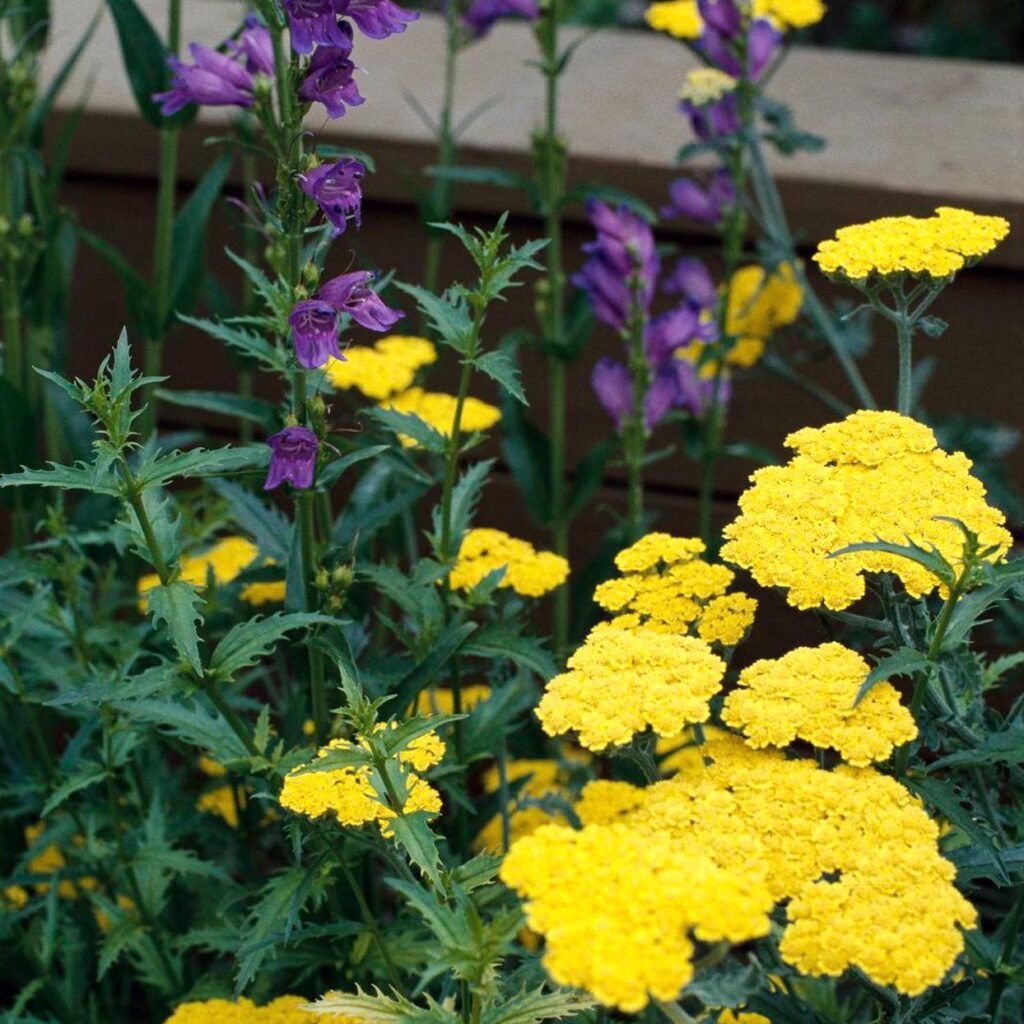
Yarrow is an often overlooked companion plant with a host of garden benefits. Its clusters of tiny white, yellow, or pink flowers attract predatory insects like ladybugs, hoverflies, and lacewings, which help control aphids and other pests. Yarrow also improves soil quality by accumulating nutrients in its leaves, which enrich the compost when cut back. It pairs well with herbs, vegetables, and flowering plants, thriving in sunny, well-drained areas with minimal care.
